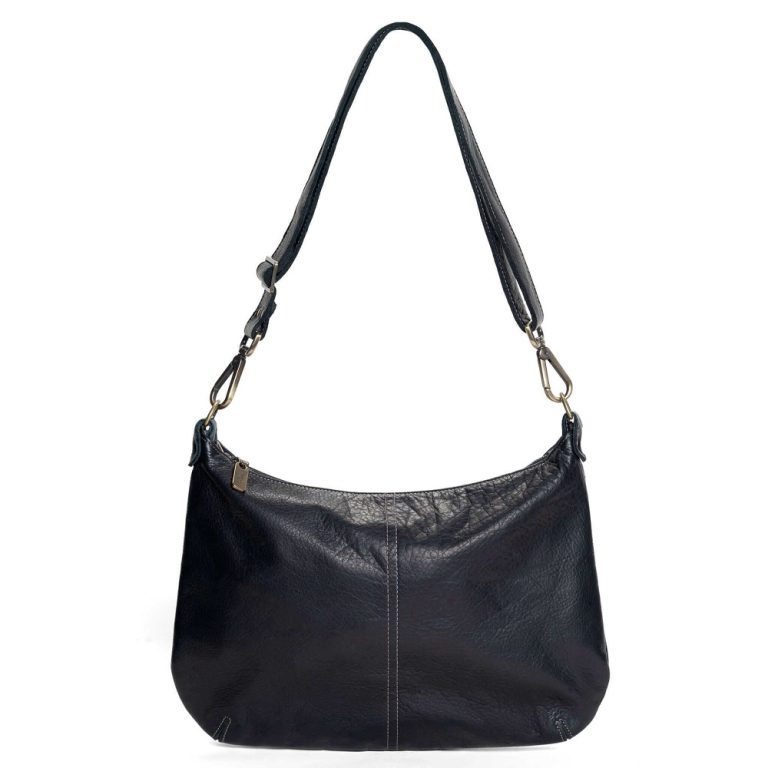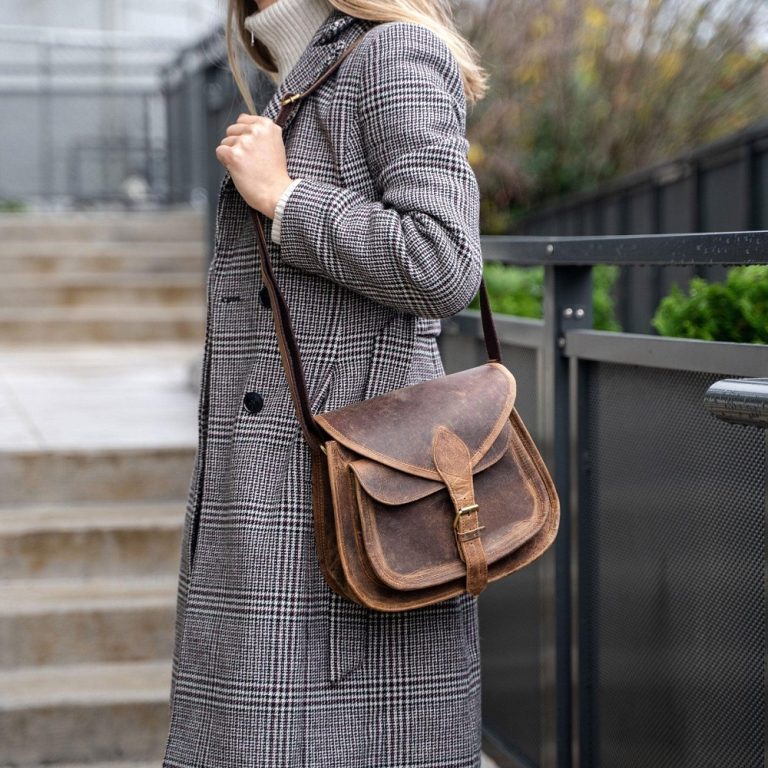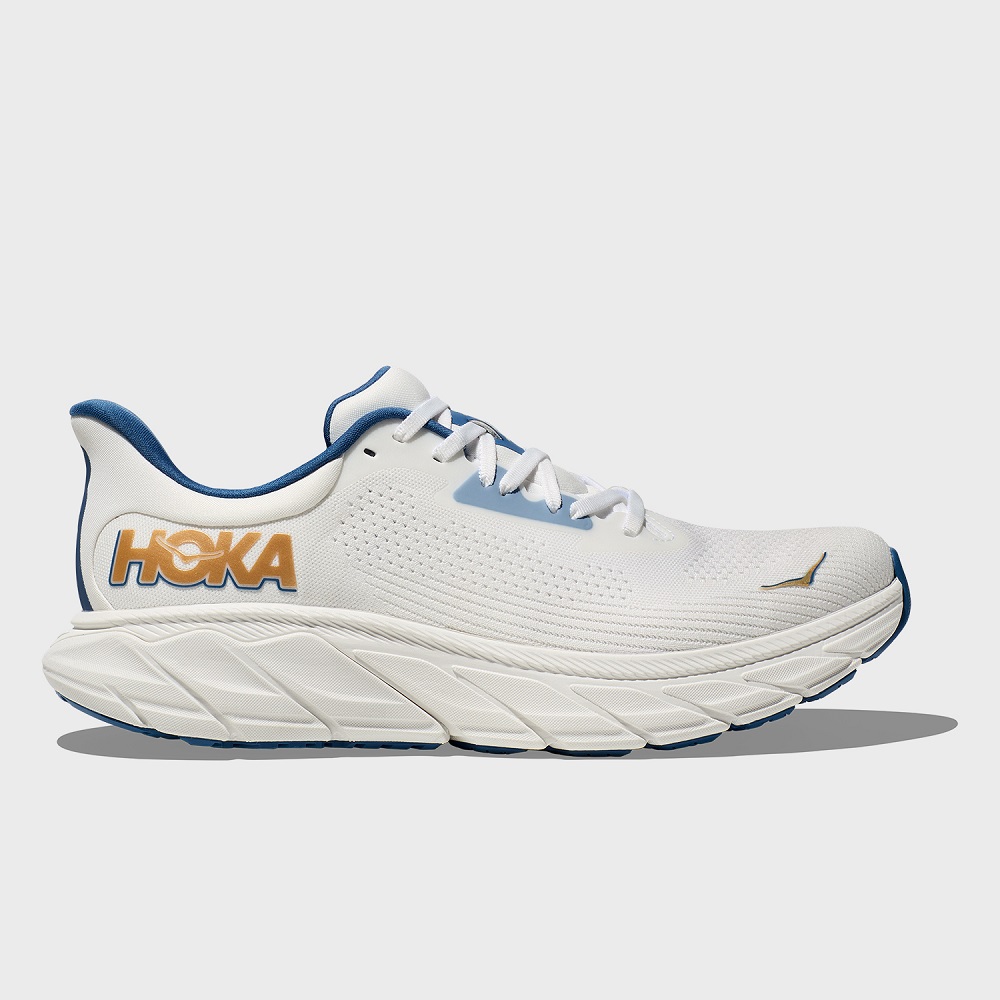
Best Winter Running Shoes: Stay Warm and Perform at Your Best
What to Look for in Winter Running Shoes
Choosing the right winter running shoes is essential for comfort and safety in cold weather. These shoes should be designed to protect your feet from harsh elements and provide stability on slippery or icy surfaces. Let’s explore the key attributes of winter running shoes.
Key Features for Cold Weather Running
- Grip and Traction: Look for outsoles with deep lugs for better grip on ice or snow.
- Breathability: Opt for shoes that allow airflow without compromising warmth.
- Flexibility: Winter shoes should remain flexible in lower temperatures to support natural movement.
- Durability: Materials should resist wear from icy terrain and wet conditions.
Importance of Waterproof Materials
Waterproof running shoes are crucial for winter conditions. They prevent snow or rain from soaking your feet, keeping them dry. Gore-Tex is a popular material that offers both waterproofing and breathability. Other water-resistant coatings also protect against slush and puddles. Staying dry reduces discomfort and lowers the risk of cold-related injuries like frostbite.
Role of Insulation in Winter Performance
Insulation ensures warmth during prolonged runs in cold temperatures. Shoes with fleece or thermal lining offer excellent heat retention. Lightweight insulation allows your feet to stay warm without adding bulk. Proper insulation helps maintain foot temperature, improving performance and endurance in winter weather.
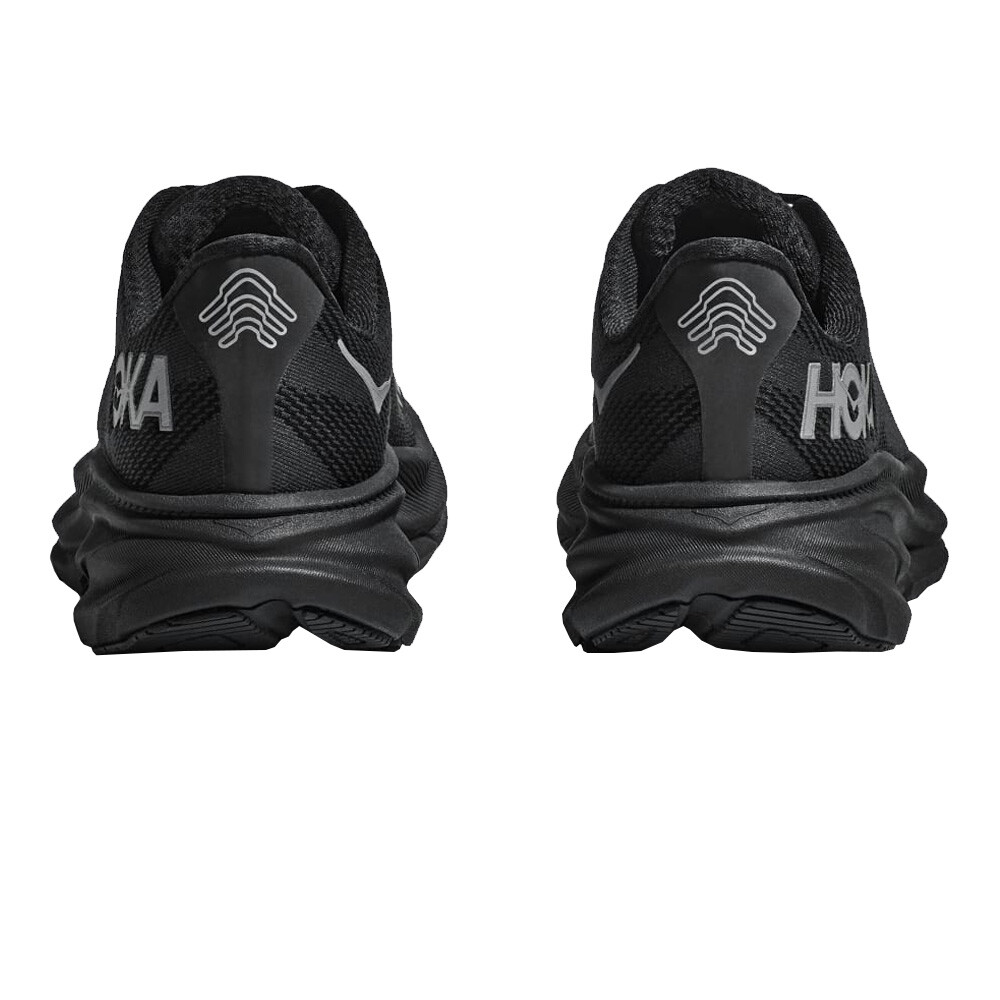
Top Brands for Winter Running Shoes
Finding the best winter running shoes involves selecting reliable brands with excellent performance and durability. Here are three top brands known for their winter running shoes. Each offers unique features suitable for cold weather conditions.
Nike Winter Running Shoes: Features and Options
Nike designs winter running shoes with advanced technology for comfort and protection. Key features include:
- Waterproof Uppers: Many options feature water-resistant materials to keep your feet dry.
- Enhanced Traction: Outsoles are crafted to provide grip on slippery or snowy surfaces.
- Thermal Insulation: Nike shoes often use lightweight insulation, maintaining warmth without adding bulk.
- Flyknit Technology: Ensures a snug yet flexible fit for natural movement in all conditions.
Popular models like the Nike Pegasus Trail series are great for winter runners. They offer grip, durability, and warmth.
Adidas Cold Weather Running Solutions
Adidas offers running shoes tailored to winter conditions, blending style with performance. Key attributes include:
- GORE-TEX Linings: Ensures shoes are waterproof yet breathable for all-weather comfort.
- Continental Rubber Outsoles: Delivers excellent grip on icy or snowy trails.
- Boost Midsole Technology: Provides cushioning and energy return, ideal for longer winter runs.
- Primeknit Uppers: Offers flexibility and a snug fit suitable for cold terrains.
Shoes like the Adidas Terrex Agravic series are perfect for icy trails and snow-covered paths. They balance protection with performance.
Salomon: A Trusted Brand for Winter Terrain
Salomon is known for durable and trail-ready winter running shoes. Key features include:
- Contragrip Soles: Ensures superior traction on wet and frozen surfaces.
- Quicklace System: Enables easy adjustment for a secure fit.
- ClimaSalomon Waterproofing: Keeps feet dry in heavy snow and slush.
- Thermal Insulation: Helps maintain foot warmth in freezing temperatures.
Salomon Speedcross and Sense Ride models are favorites among winter trail runners. They offer unbeatable grip and protection, even in harsh conditions.
When selecting winter running shoes, these trusted brands provide excellent options for various terrains and needs. Each excels in combining comfort, durability, and safety for cold-weather running.
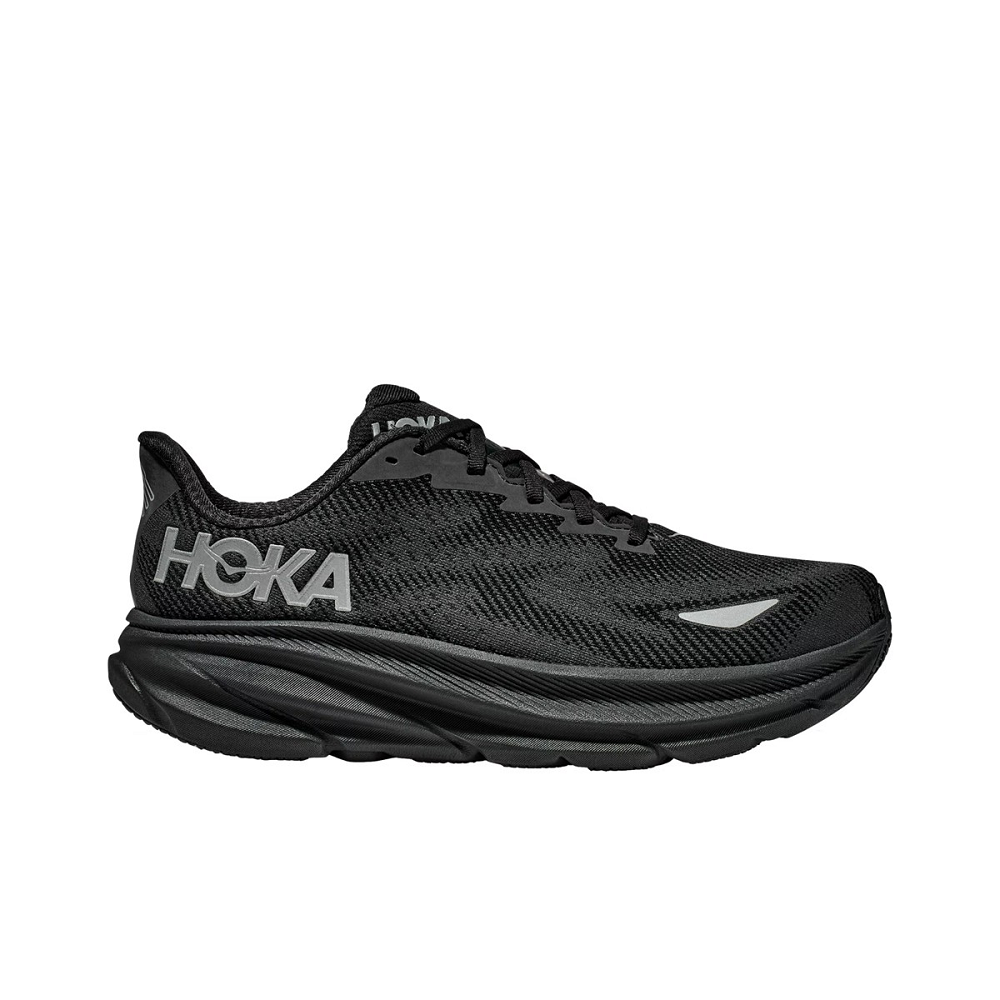
Best Winter Running Shoes for Road Running
Running on roads in winter requires specific features. Shoes need excellent grip and support for smooth pavement runs. Choosing the right pair will improve performance and safety in cold weather.
Lightweight and Grip-Oriented Options
Lightweight shoes are ideal for road running. They reduce fatigue and enhance speed during longer runs. Look for models with a focus on grip for icy or wet roads. Deep tread patterns in outsoles help prevent slips, ensuring safer strides.
Brands like Adidas and Nike offer road-specific winter shoes with advanced traction technologies. For example, Adidas uses Continental Rubber outsoles, while Nike enhances grip with grooves in its outsole designs. Both options deliver reliable grip, even on frost-covered roads.
Cushioning and Support for Smooth Pavement Runs
Cushioning is crucial for comfort on hard surfaces during cold runs. Road running shoes often feature responsive midsoles like Nike’s React foam or Adidas’s Boost technology. These provide excellent energy return and reduce impact on joints.
Support is another key factor. Reinforced upper designs help maintain stability and keep your feet secure. Shoes with snug fits, such as those using Flyknit or Primeknit materials, are perfect for steady and comfortable winter runs.
For winter road runners, lightweight shoes with grip-enhancing outsoles and effective cushioning ensure efficient performance. Balancing grip, comfort, and support is key when choosing the best winter road running shoes.
Best Winter Running Shoes for Trail Running
Running on snowy or icy trails requires specialized winter running shoes. Trail running conditions are rugged and demand unique features for safety and performance.
Key Features for Trail Performance in Snow and Ice
- Aggressive Traction: Look for outsoles with deep lugs or studs for superior grip on slippery terrain.
- Waterproof Materials: Ensure the shoes have waterproof uppers or membranes like Gore-Tex to keep feet dry.
- Durable Construction: Choose shoes made from tough materials to withstand rocky, icy paths.
- Secure Fit: Select shoes with technologies like Quicklace or snug uppers to prevent loosening during runs.
- Thermal Insulation: Opt for models with insulation features to keep feet warm in freezing conditions.
These features are key for ensuring safe and efficient trail running in winter weather. Maximum protection and stability are crucial.
Examples of Trail-Ready Shoes
- Salomon Speedcross Series: Known for outstanding grip with Contragrip soles, these shoes excel on icy trails. They offer waterproofing and insulation, ideal for harsh winter conditions.
- Adidas Terrex Agravic Line: Featuring continental rubber outsoles, these shoes provide durable grip on snow and ice. Gore-Tex linings ensure waterproofing, while lightweight designs enhance flexibility.
- Nike Pegasus Trail Models: These shoes combine rugged outsoles and water-resistant uppers for cold trail running. Flyknit technology ensures a snug fit and natural movement in challenging conditions.
For winter trail runners, these options provide reliability, grip, and warmth. Investing in proper trail gear ensures safe and enjoyable runs through snowy landscapes.
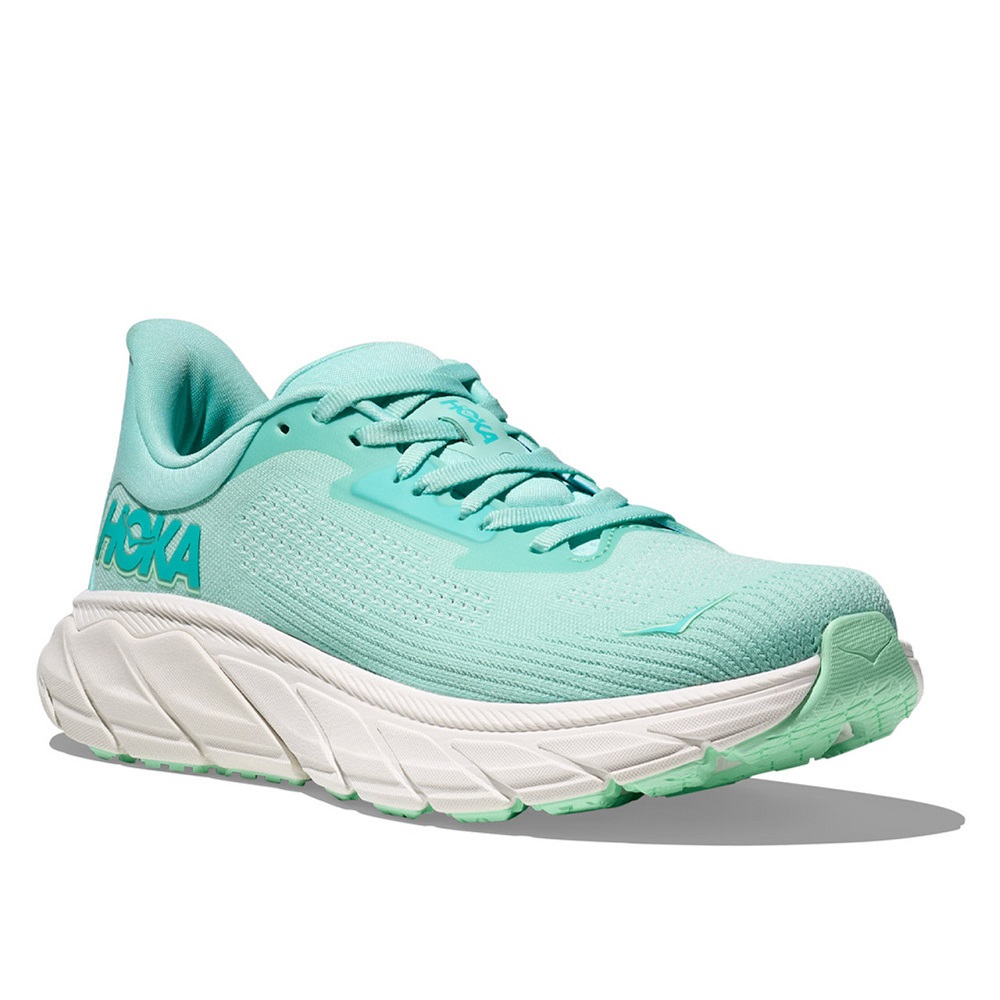
Running Shoe Maintenance in Winter
Proper maintenance of winter running shoes helps prolong their life. Harsh conditions like snow, mud, and ice can damage shoes quickly. Follow these tips to keep your shoes in top shape during winter.
Cleaning Tips for Snow and Mud
- Use a Soft Brush: Gently remove mud and dirt with a soft, dry brush.
- Wash With Lukewarm Water: Clean stubborn dirt using lukewarm water and mild soap. Avoid soaking the shoes.
- Clean Soles Thoroughly: Clear out mud and debris from deep grooves and lugs for better traction on future runs.
- Dry Naturally: Air dry your shoes at room temperature. Avoid heat sources like radiators that may deform materials.
- Check for Wear: Inspect midsoles, outsoles, and uppers for damage after cleaning.
Regular cleaning prevents buildup of dirt and preserves the grip and water resistance of your shoes.
Storage Recommendations to Prolong Lifespan
- Keep Shoes Dry: Ensure shoes are completely dry before storing to prevent mold and odor.
- Store in a Cool, Airy Place: Avoid damp locations or direct sunlight that may weaken or discolor materials.
- Use Shoe Inserts: Place newspaper or shoe trees inside to retain shape and absorb moisture.
- Avoid Compression: Store shoes in a way that won’t crush them, keeping materials intact.
- Rotate Pairs: If you run regularly, alternate between two pairs to reduce wear and tear.
Proper storage keeps winter running shoes ready for use and extends their lifespan. Maintaining them ensures reliable performance and safety even in tough weather conditions.
Winter Running Safety Tips
Running in winter demands extra attention to safety. Cold, icy, and wet conditions increase the risk of injuries. Following key safety tips ensures you stay warm, comfortable, and secure during winter runs.
Choosing the Right Socks for Warmth and Comfort
Selecting the proper socks is vital for winter running. Here are some tips to consider:
- Opt for Wool or Synthetic Blends: These materials retain warmth and wick away moisture, keeping feet dry. Avoid cotton as it traps moisture, leading to cold feet.
- Look for Thermal Insulation: Socks with thermal properties offer additional warmth in freezing conditions. Merino wool socks are an excellent option.
- Choose Cushioning for Comfort: Socks with cushioning protect against cold pavement and trail impacts, reducing discomfort.
- Consider Compression Socks: Compression improves blood circulation, helping maintain warmth and reducing muscle fatigue.
Investing in high-quality winter socks enhances comfort and reduces the risk of frostbite or blisters.
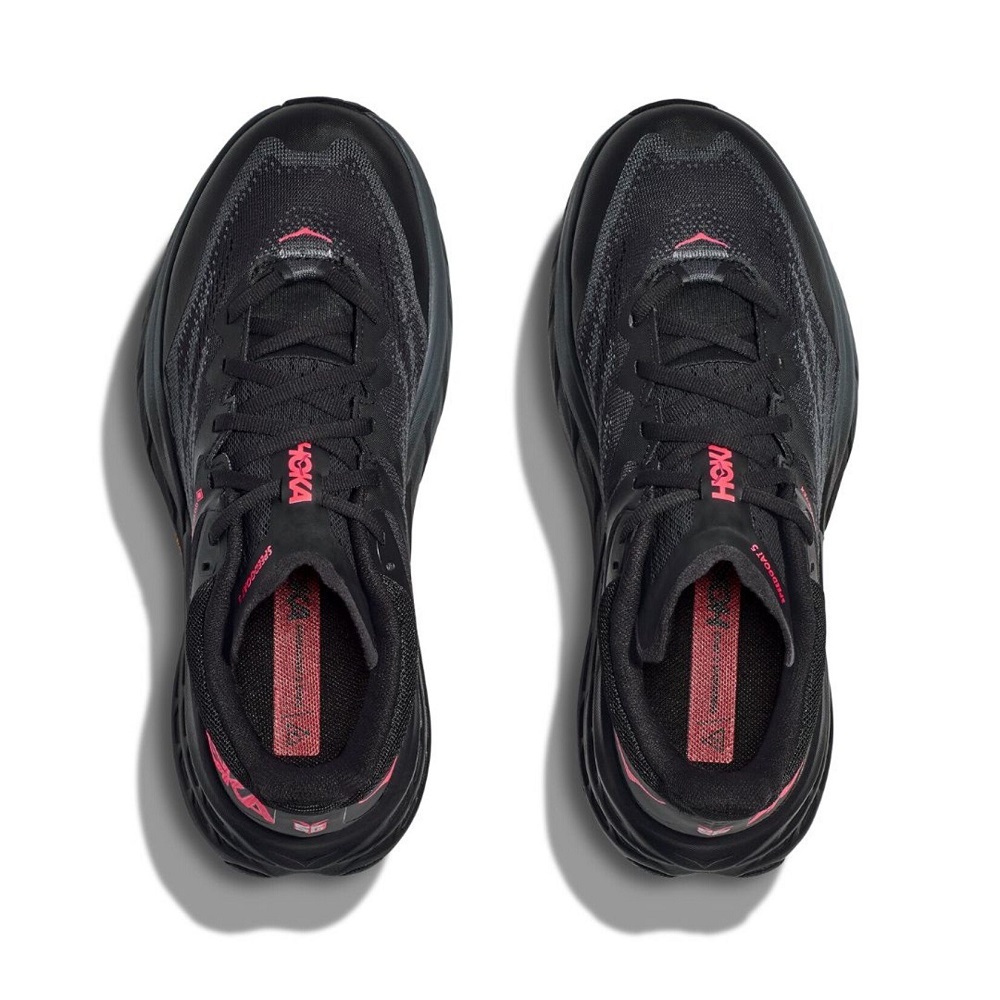
How to Avoid Slips and Falls in Icy Conditions
Slippery surfaces are a common hazard during winter runs. Minimize the risk of slipping with these strategies:
- Use Shoes with Superior Traction: Winter running shoes with deep treads or studded outsoles improve grip on ice and snow.
- Run on Cleared Paths: Avoid unplowed trails or heavily iced areas to reduce risks.
- Consider Traction Devices: Attach removable traction aids, like spikes or crampons, to your running shoes for better grip.
- Shorten Your Stride: Running with shorter steps improves balance and control on slippery terrain.
- Stay Visible: Wear reflective gear or use a headlamp to spot hazards and make yourself visible to others.
- Warm Up Properly: Loosen muscles and improve flexibility before starting to reduce missteps or falls.
By following these safety tips, you can confidently tackle winter running while minimizing risks.
Frequently Asked Questions About Winter Running Shoes
Can Regular Running Shoes Work in Winter?
Regular running shoes are not ideal for winter conditions. They lack specific features needed for cold weather running, such as:
- Traction: Regular shoes often lack deep lugs or grips for icy and snowy surfaces.
- Waterproofing: Most standard shoes are not waterproof and can let in rain or snow, causing discomfort.
- Insulation: They generally do not provide thermal protection, leaving your feet exposed to freezing temperatures.
Using regular shoes in winter increases the risk of slips and cold-related foot issues. Winter running shoes are designed to address these challenges, offering better safety and comfort. If you must use regular shoes, consider adding waterproof socks and slip-on traction devices.
How Long Do Winter Running Shoes Last?
The lifespan of winter running shoes depends on various factors, including usage and maintenance. On average:
- Mileage: They can last 300–500 miles, similar to regular running shoes.
- Terrain: Rough, icy trails may cause faster wear compared to smooth road surfaces.
- Maintenance: Proper cleaning and storage can extend their lifespan significantly.
Follow these tips for durability:
- Clean After Each Run: Remove mud, salt, and debris to avoid material damage.
- Dry Properly: Air-dry shoes thoroughly before storage to prevent mold and odor.
- Check for Wear: Replace shoes if the outsoles lose grip or the midsole cushioning flattens.
Quality winter running shoes with good care can stay effective through several seasons, ensuring your feet stay protected and comfortable.
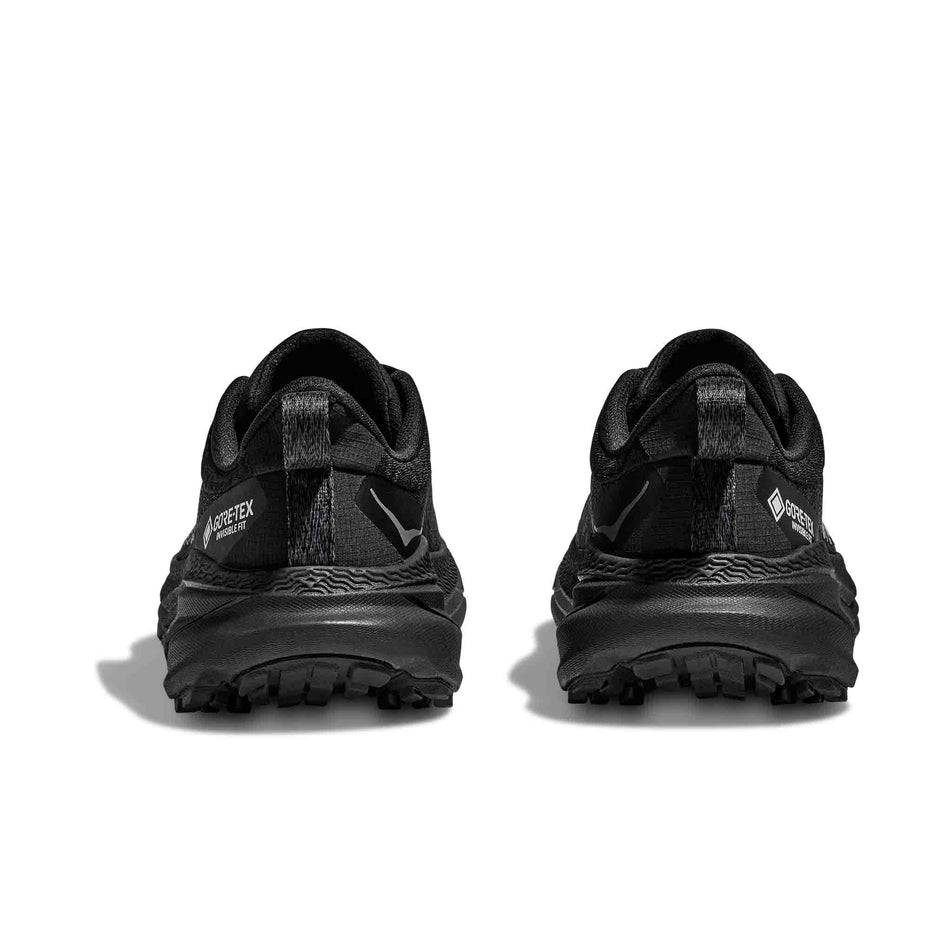
Embrace the Winter Running Experience
Choosing the Right Gear
In summary, selecting the best winter running shoes is paramount for achieving optimal performance during colder months. Understanding key features such as waterproofing, breathability, and insulation will help you make informed choices. A well-fitted shoe enhances comfort and mobility, allowing you to enjoy your runs fully. By considering these factors, you can ensure that your winter running experience is both enjoyable and successful.
Enjoying the Running Journey
Embracing winter running offers numerous benefits, allowing you to stay fit while enjoying beautiful outdoor scenery. With the right gear, you can conquer the elements, turning chilly temperatures into an enjoyable experience. Participating in winter running fosters camaraderie, encouraging you to connect with fellow enthusiasts. As you lace up our shoes and hit the trails, cherish the sense of freedom that come with running in a winter wonderland.
Stay Committed and Inspired
Ultimately, the best winter running shoes can keep you motivated to maintain your training routine, regardless of weather conditions. Set goals for your running endeavors and stay committed to achieving them, knowing you’re well-equipped. The journey may have its challenges, but with proper preparation, it can also be immensely rewarding. So, take the plunge and embrace your winter running journey confidently, staying warm and performing at your best!
